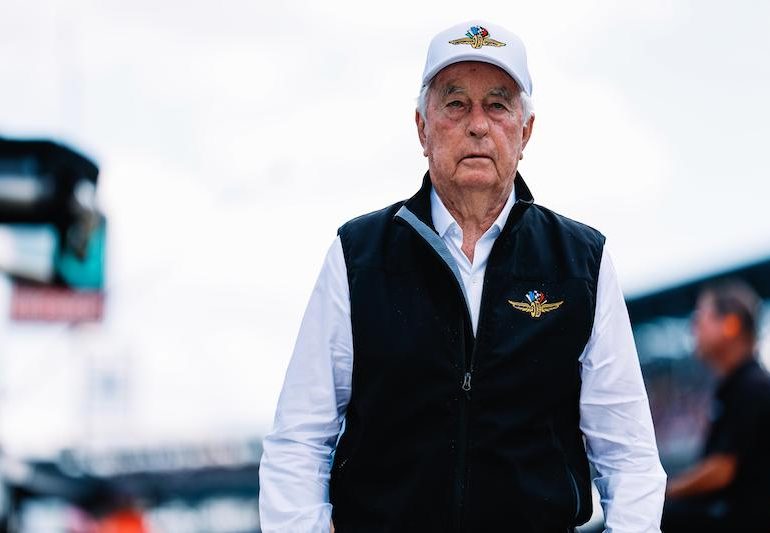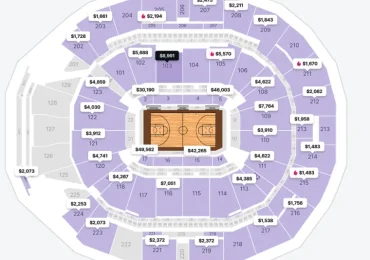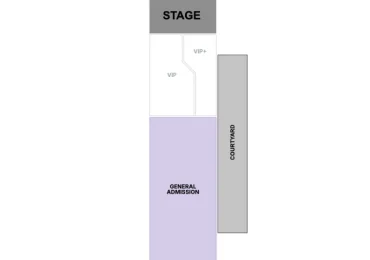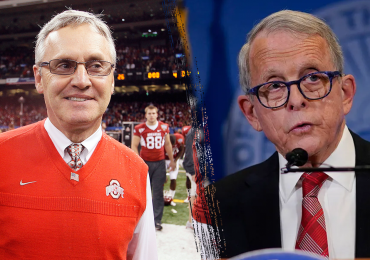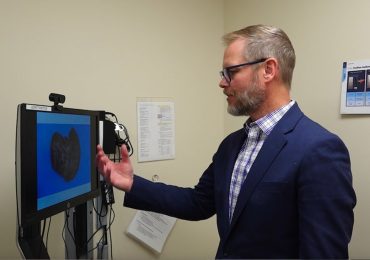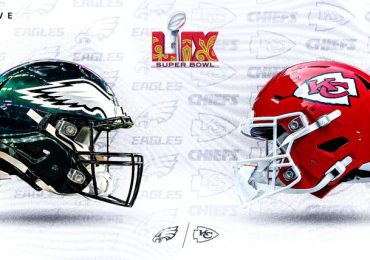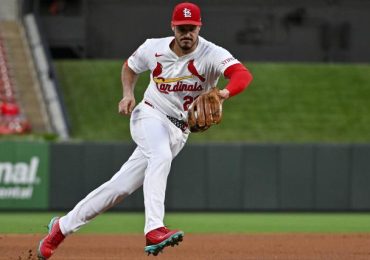Nearly a year after the first version of a charter program was summarily dismissed by its paddock, Penske Entertainment and its 10 full-time NTT IndyCar Series team owners have come to an agreement on a new charter membership program that launched this morning.
“This is an important development that demonstrates an aligned and optimistic vision for the future of our sport,” said Penske Entertainment CEO Mark Miles. “I want to extend my sincere appreciation to our team owners for their collaboration and ideation throughout this process. Ultimately, we’re pleased to have a system in place that provides greater value for our ownership and the entries they field.”
The development is significant in Penske’s ability to get the program across the finish line after past and recent challenges, and in the speed with which it came together late last week.
The most recent version of the charter, which was distributed in August for a last round of review and feedback before the final document was sent for signing and returning by September 18, did not receive universal support.
RACER understands two team owners declined to sign the paperwork, and after receiving calls from Penske urging them to take part, one signed, followed by the other, which led to internal ratification of the program over the weekend and today’s issuance of charters.
As of Friday, RACER was aware of at least one holdout that remained; in speaking with a Penske representative at the Indianapolis Motor Speedway during the IMSA Battle on the Bricks event, the process of finalizing the charters was expected to take enough time to where it was impossible to predict the go-live date.
Rapid progress over the weekend underscored Roger Penske’s motivation to bring charters to life after floating the concept for the first time late in 2019 as he was completing the purchase of the series and IMS.
The charter creates an exclusive club for the NTT IndyCar Series’ season-long entrants, the first of its kind for IndyCar — different to the franchise system from the former CART IndyCar Series — that provides its members with a range of benefits, including the ability to sell or seek investors in their charters.
Penske Entertainment retains permanent ownership of each of the 25 charters that were distributed. With its approval, which also includes receiving a percentage of any sales, Penske will welcome new entrants to the series, or the sale of charters from one member to another, which grants guaranteed participation in every IndyCar race for those who ‘own’ charters, barring the Indianapolis 500.
The structure is an important one for the 10 teams as each of their two to three charters bring a new monetary aspect to participation in the series. Prior to the charter, teams entered and left the series at will, and in the case of teams that were voluntarily shuttered or simply went out of business, they had nothing of significant value to sell, other than their cars and racing equipment, to recoup their losses or profit from on their way out of IndyCar.
As RACER has chronicled throughout the year, the charter — which runs through 2031 — uses a numerical structure of 25-22-3.
The number 25 was selected as the total amount of charters to be created. The number 22 refers to the decades-old Leaders Circle program, which pools the majority of each season’s prize money and splits it evenly across the top 22 entries in the annual Entrants’ championship. Where every team that participated in the most recent season was eligible to receive a $1 million Leaders Circle contract, only the teams with charters are capable of securing contracts starting in 2025.
Of the 25 charter entries, the top 22 will continue to get the $1 million contracts, leaving the three lowest charter entries on the outside of the Leaders Circle payouts; the process resets at the start of each new season.
The Leaders Circle program is not a profit-sharing system. Teams, despite receiving money from the series for being in the top 22, have had no ownership stake in Penske Entertainment to receive profits from, nor does the new charter program come with an ownership component within the company for the 10 teams.
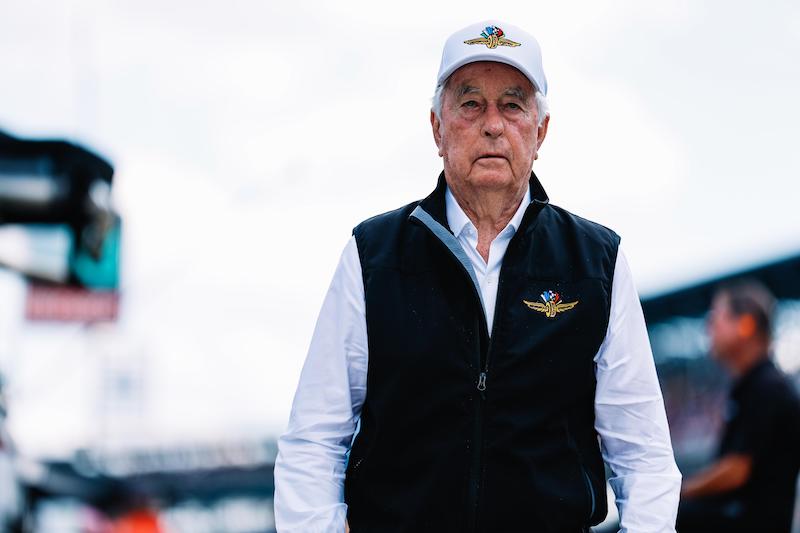 Penske first floated the charter idea shortly after acquiring the series in 2019, and after some push and pull with the teams during the negotiation process, the final arrangements fell into place extremely quickly. Joe Skibinski/IMS Photo
Penske first floated the charter idea shortly after acquiring the series in 2019, and after some push and pull with the teams during the negotiation process, the final arrangements fell into place extremely quickly. Joe Skibinski/IMS Photo
A maximum of three charters per team have been released, with the results of the 2023 IndyCar Entrants’ championship results being used by Penske Entertainment to determine which teams and how many charters would be given to those teams.
The breakdown of charters per team starts with AJ Foyt Racing (2), Andretti Global (3), Arrow McLaren (3), Chip Ganassi Racing (3), Dale Coyne Racing (2), Ed Carpenter Racing (2), Juncos Hollinger Racing (2), Mayer Shank Racing (2), Rahal Letterman Lanigan Racing (3), and ends with Team Penske (3).
The last number of interest is 27, which will be enforced starting next season as the new entry limit per race, except for the Indy 500, but RACER has confirmed the 27-car cap is not contained within the charter. If it had been included in the charter, Penske would have been obliged to honor that number through 2031.
By leaving it out and making it the domain of IndyCar’s sporting regulations, the series’ parent company has given itself the latitude reduce the cap in the coming years to no more than 25 cars — to match the number of charters – which is expected throughout the paddock.
With the 27-car limit and 25 charters guaranteeing the participation of the 25 entries at each race on either side of the Indy 500, it leaves two non-charter positions on the grid. IndyCar’s new and 11th team, PREMA Racing from Italy, the two-car Chevy-powered squad is the only non-charter outfit that’s been approved to compete in the series.
At present, thanks to Chip Ganassi Racing downsizing from five cars to three, there is no anticipated need for bumping to take place prior or after the 500 unless charter teams opt to field extra entries that push the entry list over 27 cars.
Of the other restrictions ratified within the charter that’s said to be 40 or so pages in length, the ‘Dale Coyne Rule,’ as it was nicknamed, which limits a team to using a maximum of three drivers per entry each season, has been approved.
Unable to find one or two drivers who were able to fund the entire season in each of Coyne’s entries, the Illinois-based team owner needed to use four drivers in the No. 18 Honda and six in the No. 51 Honda to support its budgetary requirements. Under the charter, Coyne and the other owners will have to work within the three-drivers-per-entry framework.
“I appreciate the efforts made by the IndyCar and Penske leadership groups as well as all the owners to get this charter system started,” said Larry Foyt. “It is incredibly challenging to get a large group of owners to agree on something, and certainly there was some give and take but, in the end, I believe this is a path that is beneficial for all of the owners and for IndyCar, while also maintaining the availability for open competition.”
Ed Carpenter shares a similar sentiment.
“We are very pleased to begin this new era,” he said. “The process has been thorough but, in the end, very exciting. This charter system will clearly strengthen our teams as we continue to grow the sport. I would like to thank Roger and his entire team at IndyCar.
“ECR will have announcements soon and I don’t know that they would be possible without the help of a program like this. With this groundbreaking development, the new TV deal with FOX and the momentum that has been building, IndyCar’s future is very bright.”
Mike Shank was equally effusive.
“The charter agreement, to me, is the single-most important piece for the future of the series,” he said. “I’m grateful that we all came together on this and thank the Roger Penske group for working with the team owners for getting it done.”
Chip Ganassi also weighed in on the significance of the charter’s creation. “When you look back in the modern era of IndyCar racing, you will look at a few important moments, the first being the unification of the sport, the next being Roger Penske buying the IndyCar Series and IMS, and I truly believe the third will be the charter system,” he said.

